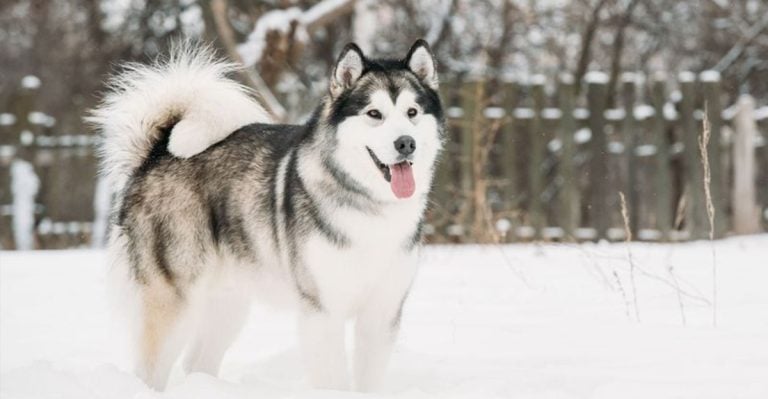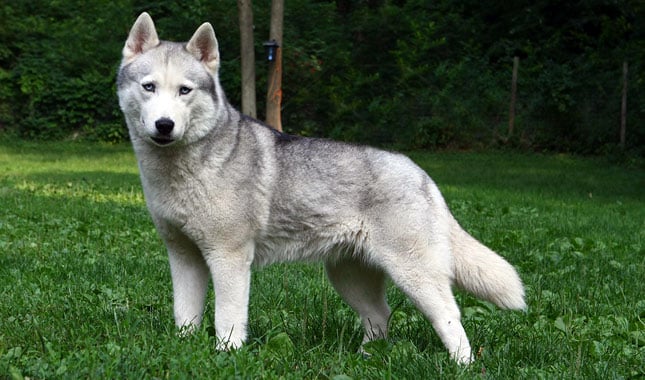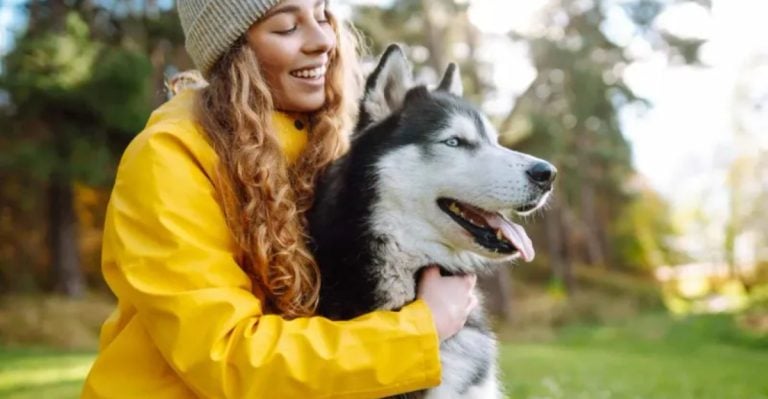15 Ways The Siberian Husky Stands Out From The Pack
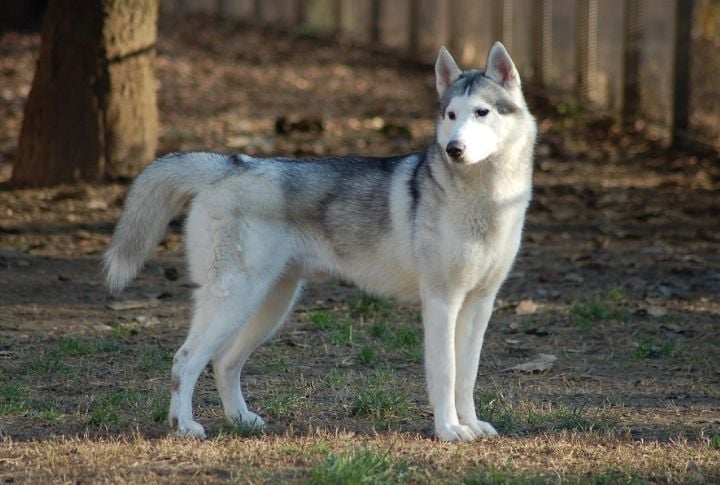
Siberian Huskies are one-of-a-kind dogs, with a charm and experience that sets them apart. Not many breeds combine strength and beauty as effortlessly as they do. When you own a Husky, you quickly learn how their intelligence and instincts blend with curiosity and tons of energy in unexpected ways. Let’s dive into 15 unique traits that make this northern-born breed so special.
Mesmerizing Eyes

With piercing blue eyes, deep browns, or even one of each, Huskies often have heterochromia, a genetic trait that gives their eyes a striking contrast. This only adds to their already captivating expressions. When they make eye contact, it can feel especially intense. You might not always know what they’re thinking, but they sure look like they do!
Built For The Long Haul

Huskies’ endurance flows directly from their genetic makeup, a trait embedded in their being. Bred by the Chukchi people to pull sleds over long Arctic distances without tiring, these dogs have stamina like no other. Their energy doesn’t fade easily, and even an evening jog might only scratch the surface of what they’re capable of.
Double Coat With Seasonal Flair

The Siberian Husky’s fur acts like living insulation. Its dense undercoat traps body heat, while the outer layer sheds moisture and snow. What surprises new owners is the twice-a-year “blowout,” a dramatic shedding event that leaves tufts everywhere. Be ready; fur becomes your decor until the shedding cycle passes.
Natural-Looking But Surprisingly Vocal

Huskies are hardly ever silent, as keeping quiet just isn’t part of their nature. While they don’t bark much, they communicate through howls and whines, expressing a wide range of sounds. A viral example of this is Mishka, the Husky who became famous on YouTube for “singing” along to music.
Friendly Even With Strangers

Barking at the door? Probably not a Husky. These dogs greet strangers with curiosity, not suspicion, which can throw off anyone expecting a guard dog. If you’re seeking a vigilant watchdog, don’t count on a Husky—they’re more likely to welcome strangers with a friendly paw than a defensive bark.
A Mind Of Their Own
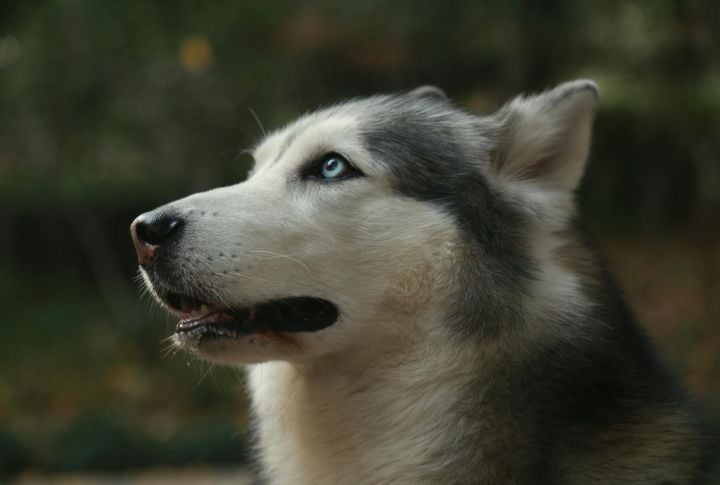
Curiosity drives their choices more than commands do. Instead of obeying blindly, Huskies weigh options like independent thinkers. Their behavior often surprises, like quietly testing limits when you least expect it. You’re not just raising a dog but rather matching wits with a determined, furry strategist.
Pack-Oriented and People-Loving
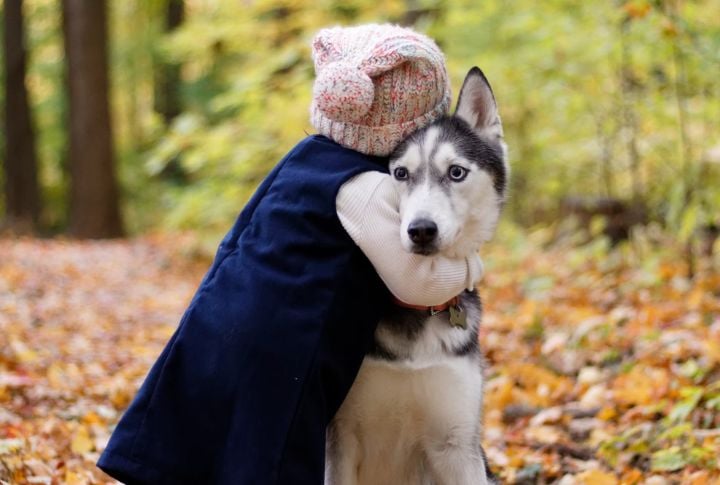
Huskies flourish in environments filled with constant connection, as loneliness simply doesn’t align with their nature. Bred for teamwork and companionship, Huskies often bond tightly with their family. Left alone too long, anxiety begins to build in them. Companionship isn’t just a source of comfort, but rather an essential pillar of their emotional well-being.
Mischief Is Their Middle Name

Stories of Huskies escaping fenced yards and rearranging furniture aren’t rare. Boredom becomes a playground for chaos as their intelligence fuels curiosity that needs stimulation. Living with a Husky means embracing a whirlwind of activity, where the rewards and challenges intertwine.
An Ancient Bloodline
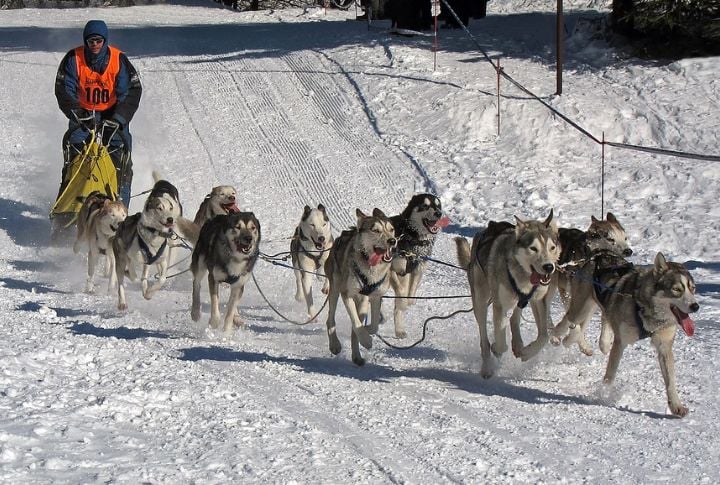
Siberian Huskies trace back over 3,000 years, yet their working instincts remain sharp. Even today, Huskies participate in sled dog races like the Iditarod, demonstrating their unwavering consistency rather than mere nostalgia. The same traits that served Arctic tribes still shine in cold-weather sports, proving heritage can power performance.
Cold Weather Pleasure

Snow doesn’t just coat their fur; it excites their spirit. Many Huskies display a kind of playful electricity in freezing temperatures. They roll in drifts and race across the ice as if born to do nothing else. Far from simply tolerating winter, they welcome it with open enthusiasm, thriving in the season’s chill embrace.
Free Spirits
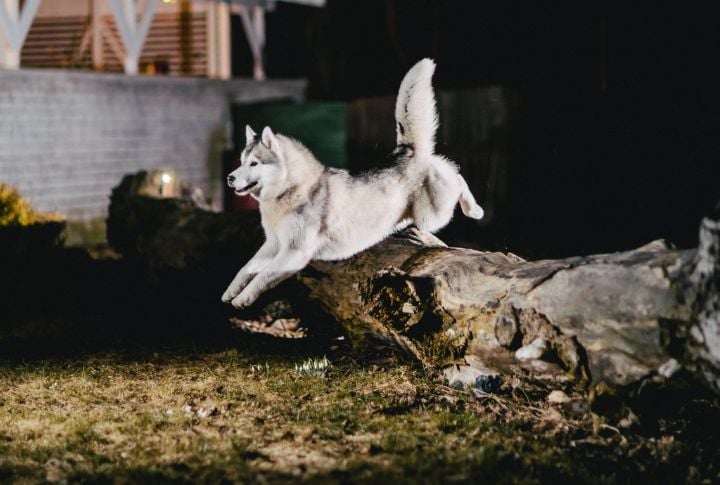
Leashes? Fences? More like suggestions than rules. They’re natural escape artists with an adventurous spirit. Scaling fences and darting through open gates in the blink of an eye is second nature. Securing the yard becomes less about keeping them in and more like negotiating with a curious wanderer who values exploration above all else.
Clean Habits

They often surprise owners by staying remarkably fresh between baths. Unlike many breeds, these dogs groom themselves using licking behaviors that resemble feline habits. The coat resists grime and moisture, helping minimize odor. This natural cleanliness contributes to easier home care and fewer grooming demands overall.
High Prey Drive
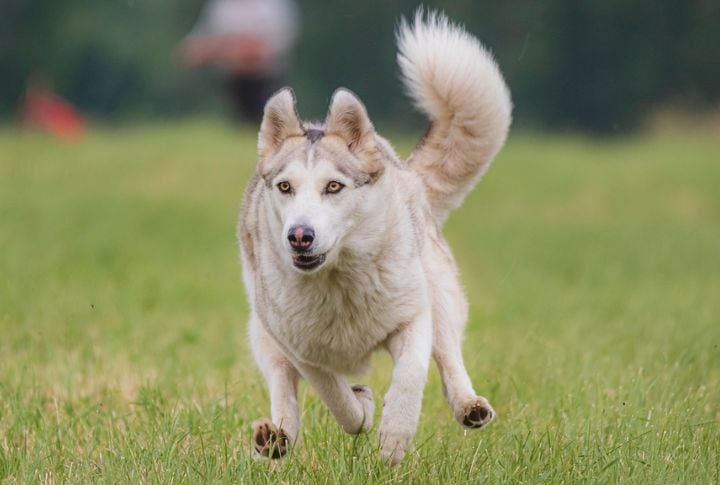
Small creatures become instant targets the moment they move. Squirrels, birds, rabbits—each one can spark an immediate chase without warning. With such a high prey drive, a firm grip is a must during walks. Training helps, but instincts run deep. A steady leash hold and alert handling are key to managing those rapid reactions.
Deep Loyalty

Instead of constantly following you, they often stay close by without hovering. This independent nature highlights their confidence, not a lack of attachment. You get a dog that is loyal but proud, present but not needy. Loyalty runs deep, expressed through calm presence rather than constant physical reassurance.
Expressive Body Language

Tail held high, ears forward, or a playful bow—every inch of their body speaks volumes. Movement becomes a message with this breed. Owners often swear they can tell exactly what their dog is thinking, and it’s no exaggeration. It’s a testament to the dog’s natural talent as a communicator.

